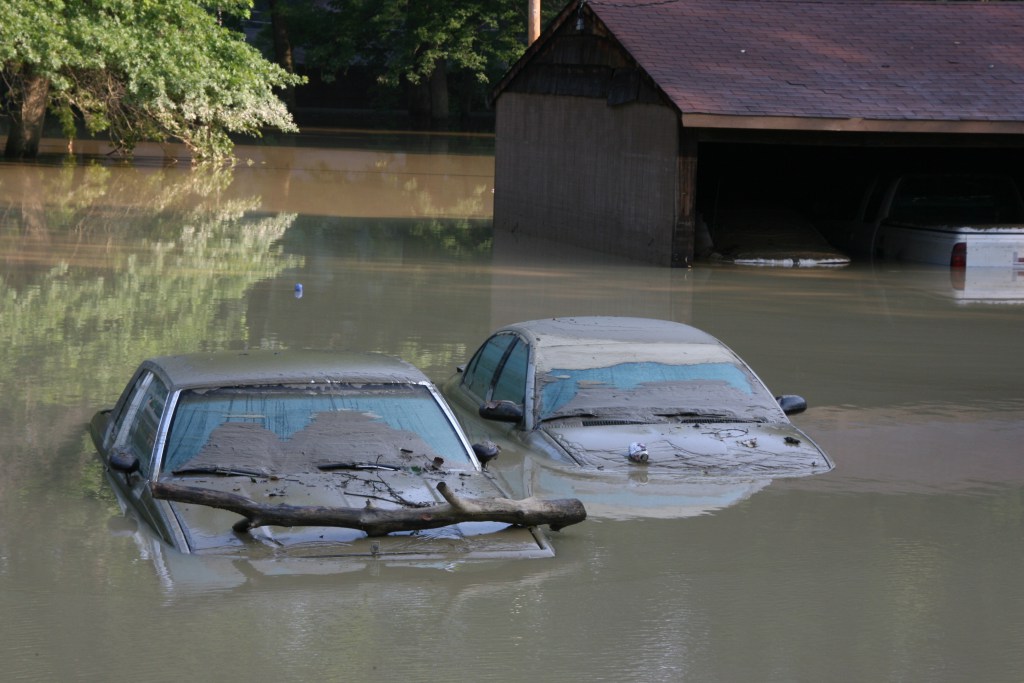What to Do When Your Car is Underwater
Hurricane Harvey hit Houston hard.
Tragically, reports say the hurricane claimed the lives of at least 60 people. It has also wrought devastation to countless communities and households.
It seems meaningless by comparison to the lives lost, but some reports say that one million cars were destroyed. Images of submerged vehicles quickly circulated the Twittersphere in Harvey’s wake. Floods of all kinds are merciless and heartbreaking, but especially so on a scale this massive.
I remember when I was growing up in New Jersey we had a torrential rainfall one year and the creek below our next-door neighbor’s house went from five feet wide and one foot deep to 100 yards wide and 10 feet deep, filling the neighbor’s basement with water. When the water receded, the change in the water’s velocity as it went through the house left behind a couple feet of silt in the basement. The appliances were ruined and it was a heckuva mess to clean just this one house. I can’t imagine a whole city being taken out like this.
Or a million cars.
Speaking of which, a dozen years ago I had a friend who dabbled in automobile auctions. He drove to Chicago or Minneapolis, bought a few cars at auction, towed them back north to repair them and finally sold them. On one occasion I was looking at cars with him and I saw a brand-new Jaguar. I had always thought it would be cool to have a Jaguar, and this one was only $100. The reason it was so cheap? It had been underwater. That car had seen its best days.
What to do if your vehicle floods
If you Google this issue, there are several websites with advice on dealing with cars caught in floodwaters. Here are a handful of tips extracted from this Popular Mechanics article.
- “How high’s the water, mama?” –Johnny Cash
First, try to identify the high-water line. Usually there will be leaves, debris or silt that indicates how high up your vehicle the water reached, sort of like a bathtub ring. If the water line goes partway up the windshield, scrap the vehicle. - Disconnect the battery ground strap before tinkering.
- Do not start the engine to see if it still runs. As the saying goes, oil and water do not mix. If there is water in the engine and transmission, starting the car will turn that oil/water mix into a gooey mess, thereby making it that much more difficult to clean.
- Get as much water out of the vehicle as quickly as you can as soon as you can. The best tool is a wet/dry shop vac. Soak up all you can with towels and run fans to dry the vehicle. Some people recommend baking soda or some other moisture-absorbent product to reduce the chance of mold taking over.
- Change the oil, drivetrain fluids and filters. If this is beyond the scope of your auto maintenance skills – yes, the tranny fluid can be a pain – have your car towed to a place where the work can be done for you. That’s why people like me pay for AAA coverage. It’s a lot cheaper than a new car. (Note: Don’t tow the vehicle with the wheels on the ground; that defeats the purpose. Instead, use a flat-bed truck.)
I hope this is helpful. And don’t forget – try to park on high ground.

